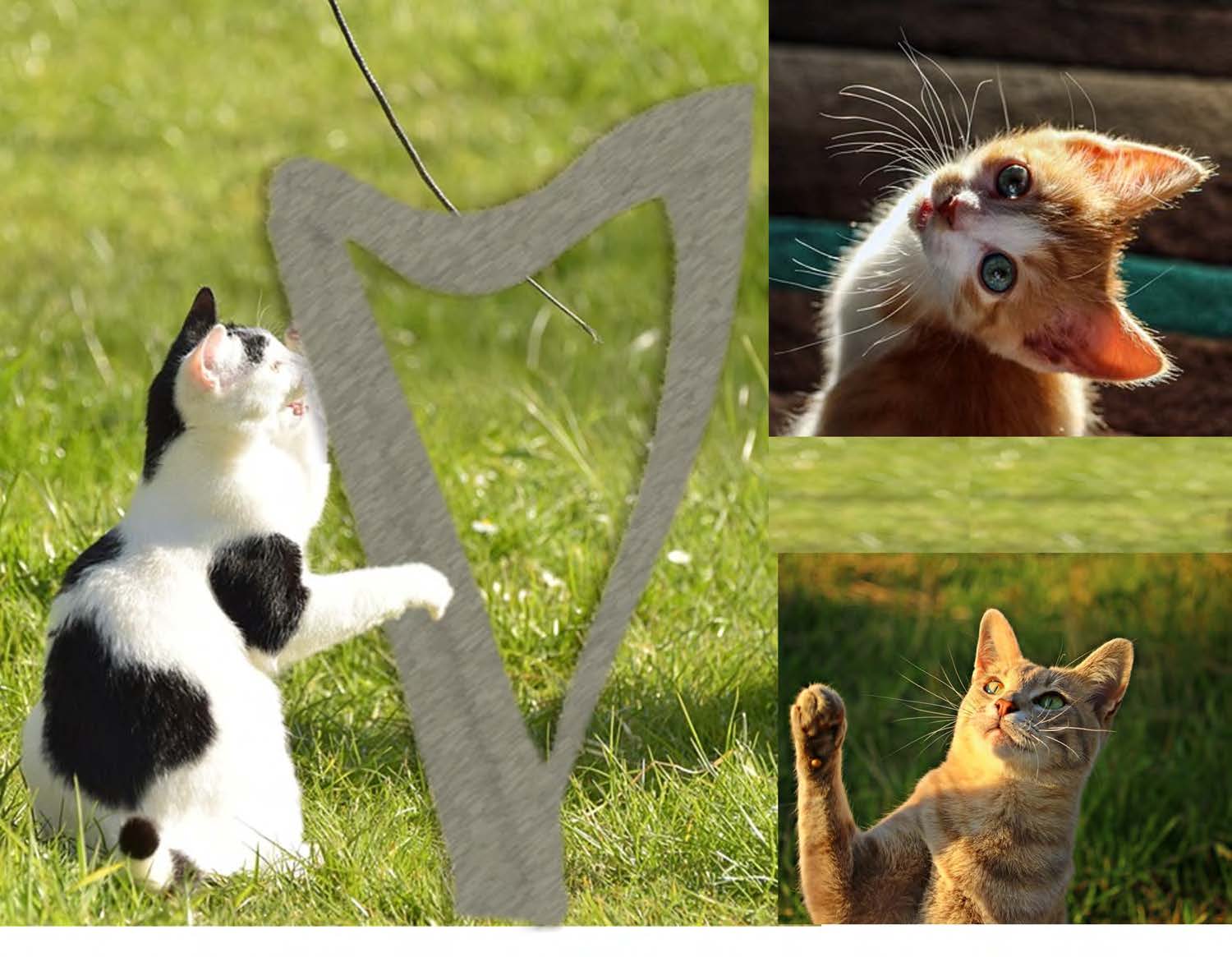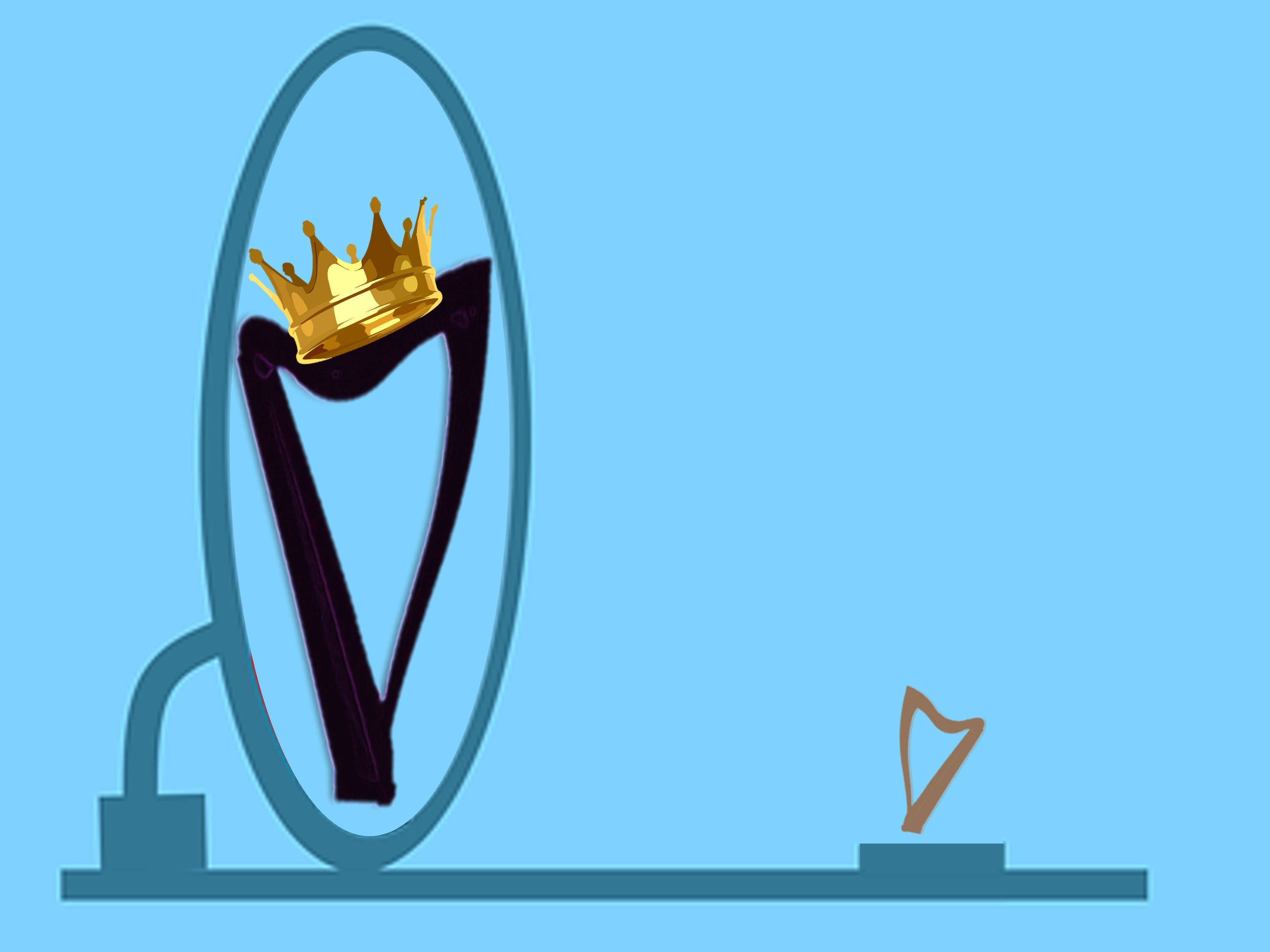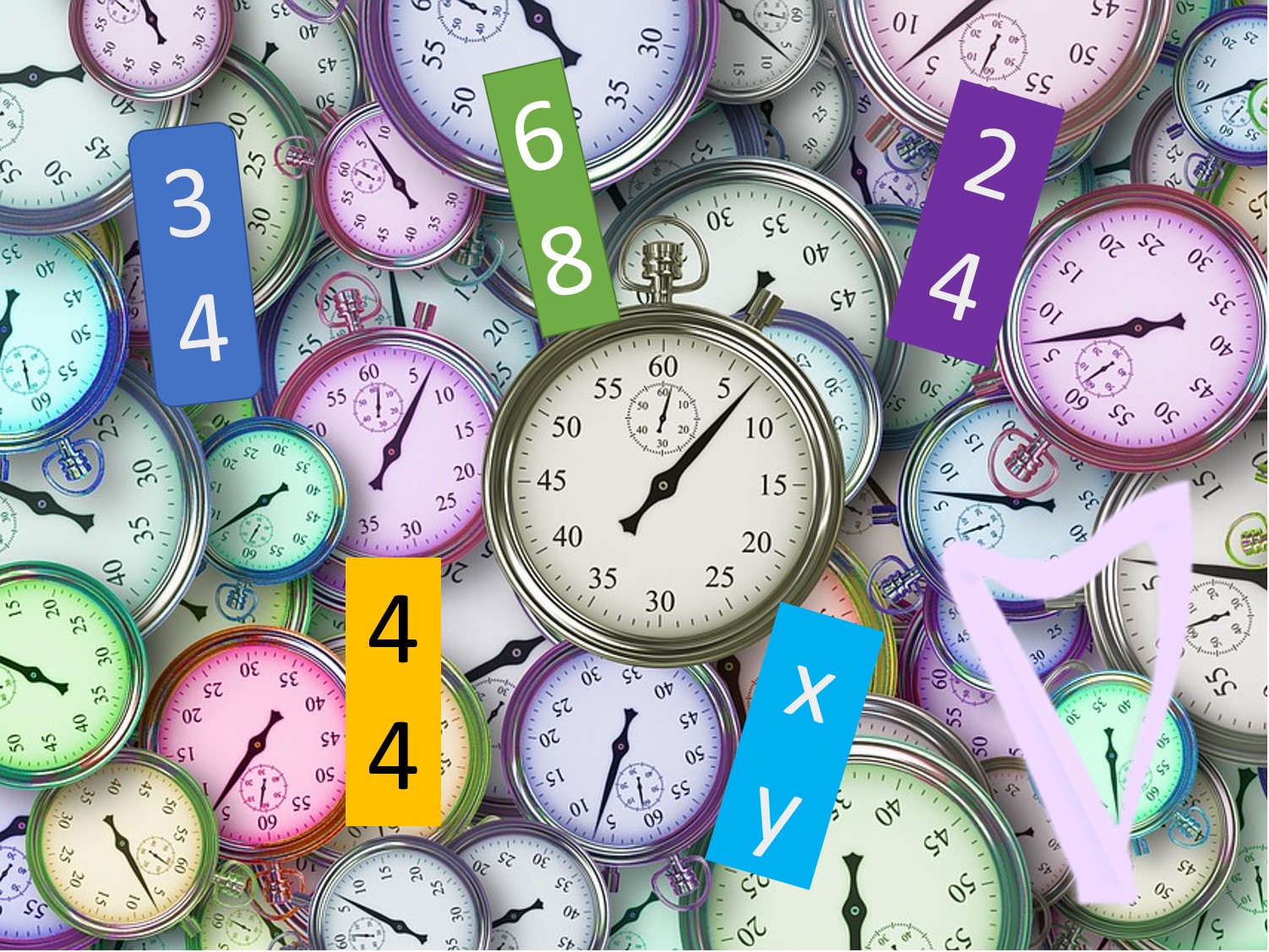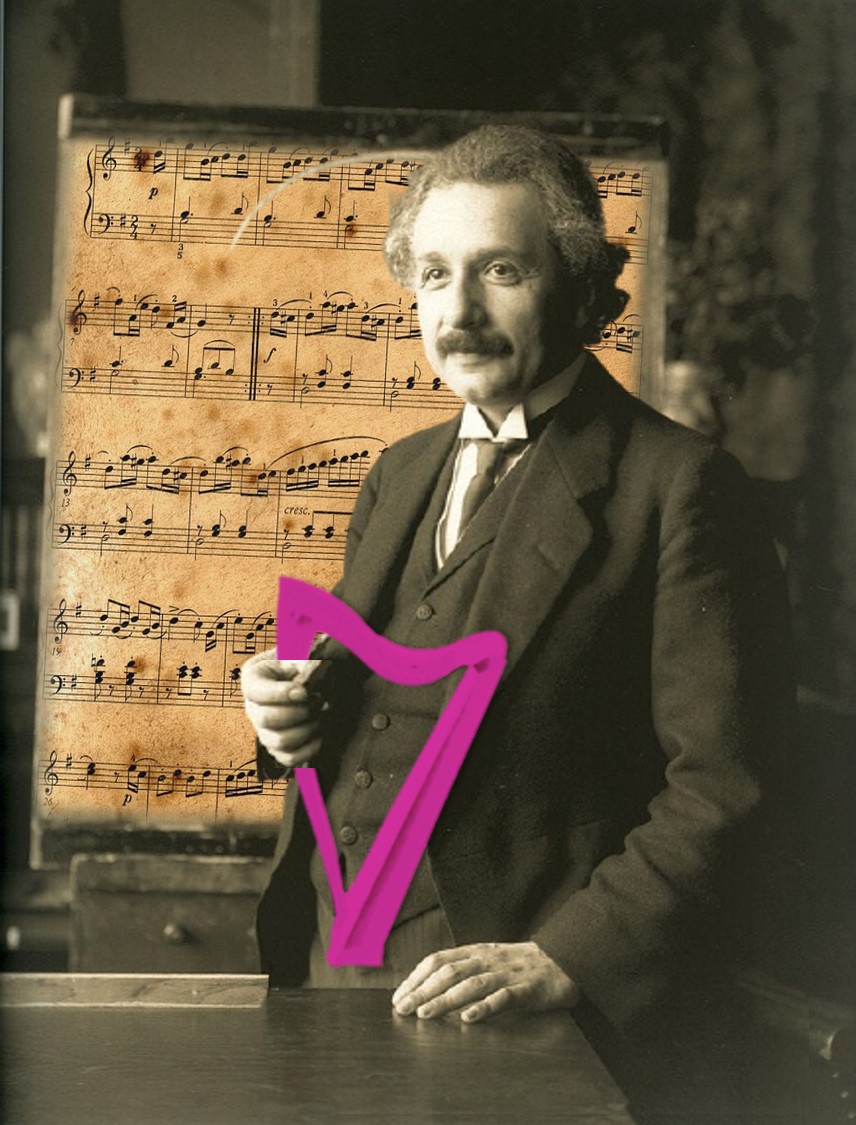It’s all there in Black and White.
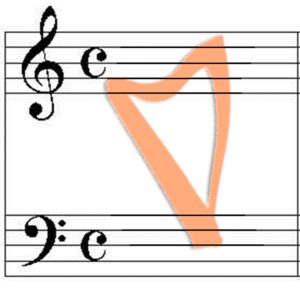 The treble lines, the bass lines.
The treble lines, the bass lines.
Five lines of instructions (actually, 10 for us – plus ledger lines!). Play this note at this time…and all those other notes too, in order, as written.
So let it be written, so let it be done!
Except…wait a minute – last week we talked about the importance of asking questions…including my favorite – why? And a few weeks before that we talked about how sometimes meter and tempo get conflated and confused. So, this is sort of the same idea – We often make flawed assumptions about how we know what to play. And this week, we’ll talk about another flawed assumption that can make playing more difficult (and a way around it!)*.
Sometimes we mix up the register and the hand. This is especially easy to do because we are taught that way. And, to be honest, about 99.99999999999999999999999999999% of the time that is the right solution. But sometimes it’s just silly. Imagine if you were presented with this**:
 Your experience, your practice and your efficiency all drive you to play all that mess in your left hand – even as the music tells your right hand to pack a bag and go on vacation! And you will likely tear yourself inside out trying to make it happen – possibly with the right hand sympathetically gripping the sound board tightly in terrorized support, hanging on like a terrified passenger on the back of a wobbly Harley.
Your experience, your practice and your efficiency all drive you to play all that mess in your left hand – even as the music tells your right hand to pack a bag and go on vacation! And you will likely tear yourself inside out trying to make it happen – possibly with the right hand sympathetically gripping the sound board tightly in terrorized support, hanging on like a terrified passenger on the back of a wobbly Harley.
Or what about this?
 Same thing, only this time it’s the left-hand packing for a trip to the Bahamas!
Same thing, only this time it’s the left-hand packing for a trip to the Bahamas!
Why do we do this? Well, because the ink said to, so we must.
It has always been thus.
But do we really? NO!!
Because while the ink tells you What and When –
it actually says n-o-t-h-i-n-g about How!
Read that again.
Of course, it’s easy to think like that –
Bass = Left hand and Treble = Right hand
And it’s easy to not think about what hand makes sense to be playing at that point. After all,
Melody = right hand and harmony = left hand
Sic semper tyrannis
But does it even make sense to do it that way?***
After all, you have one harp and all the sounds come from it. Harmony and melody – all from one source – so really, which hand you use doesn’t really matter.
Now, I’m not advocating that you throw away all that practice and tradition. Instead, I’m suggesting that when you are struggling to make some fingering work, try to work smarter rather than harder.
I’ll remind you: the staff tells you What and When but
not How!
There’s another benefit of thinking about “breaking” the arrangements differently – and that is that the more ways you can look at the music (divergently), the more you will see new ways to play it. You’ll also “discover” patterns that were previously hidden from you that can then be leveraged, and the more you will think creatively (yea divergent thinking!).
Remember that the ink is a guide, but you must make the journey!
Do you ever color outside the lines? What wonky passages have you struggled with and how did you overcome that? Let me know in the comments!
* Special thanks to Rachelle Morgan who asked this question in Ask a Harp Pro on Facebook!
** Unceremoniously pinched from Rachelle’s question but slightly modified
***I need to credit Sue Richards for teaching me to think this way. Otherwise, I’d still be fighting to make stupid stuff work out and playing slowly, unable to catch up.
